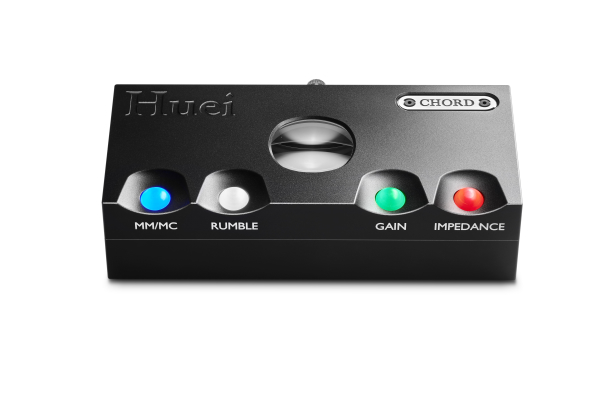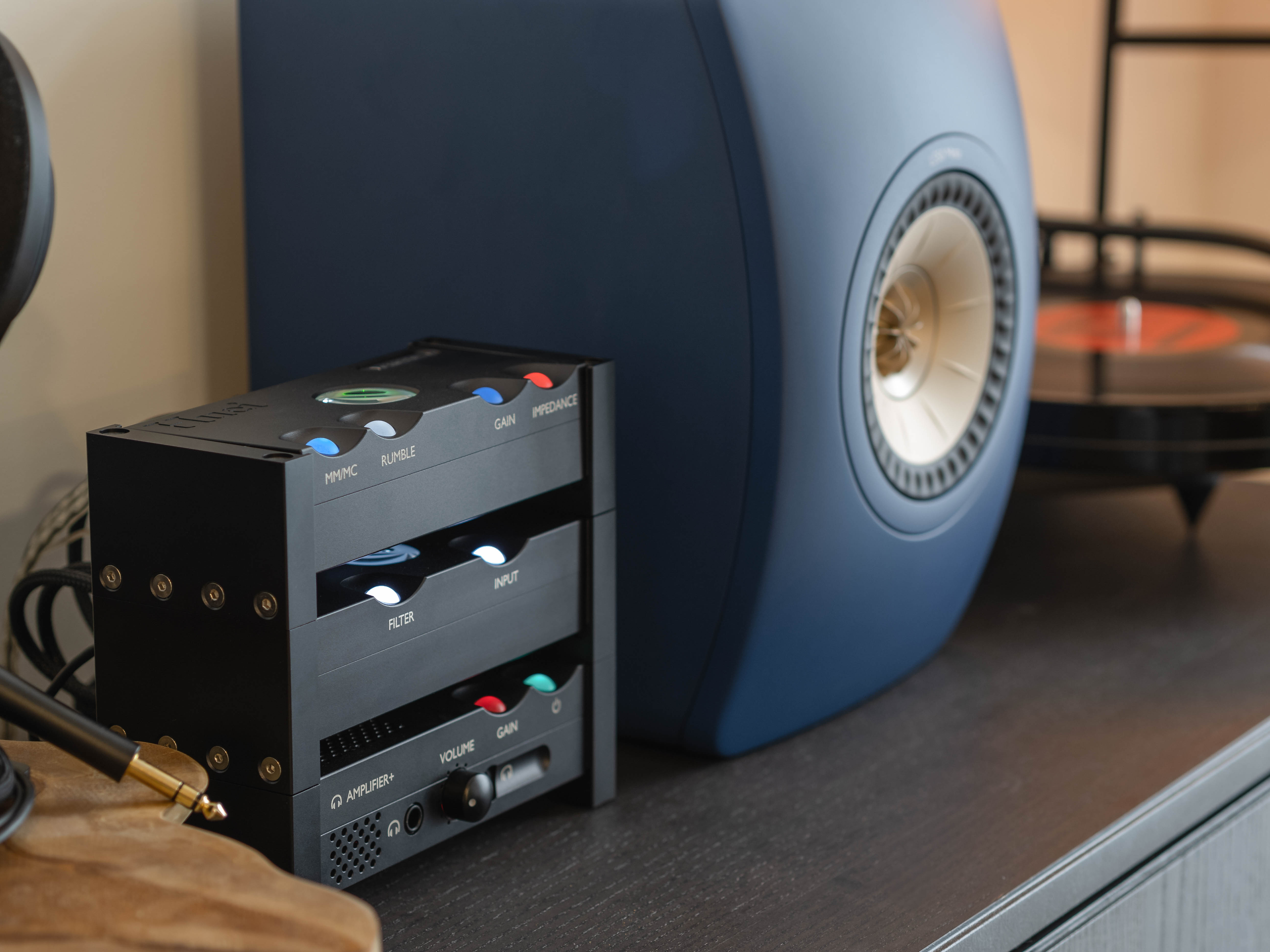Chord Electronics Huei Phonostage vs iFi iPhono 3 Black Label
Posted by The Sound Organisation on Nov 8th 2021
Head-to-head comparisons are a great way to learn about the strengths and weaknesses of any product. While you certainly are able to compare two products, the contrasts are more striking and you certainly can get more insight from the test. That showcasing of the subtle differences is what makes Drew Kalbach's recent review in The Absolute Sound so enlightening. He received the iFi iPhono 3 and the Chord Electronics Huei phonostage in for review and decided to pit them head to head to learn more about each.

These two phonostages are in the same price range, with the iPhono weighing in at $999 while the Huei retails for $1595. The iFi offers 8 loading options to match your cartridge as well as 4 gain options. The iFi also allows you to choose between RIAA, eRIAA, RIAA-IEC, and eRIAA + IEC EQ options. The iPhono uses a series of dipswitches to set-up these options with a calculator on the website can assist in the proper configuration.
The Huei offers a few more options and easier set-up compared to the dip switches, with the the LED-colored Control Spheres that are present in most of Chord Electronics products. The Huei has 12 impedance options and 8 gain options to meet your needs, as well as a Rauch Slope Rumble Filter that can be activated. The Huei allows for better matching between your cartridge and the phonostage, and makes it easier to set-up with the color coded Control Spheres.
"The Huei had an almost syrupy sweetness to its sound, with a smoother and pleasant midrange and low end, while the iPhono 3 was aggressively neutral, with deep black backgrounds and an expansive soundstage."
Sound-wise the the two phonostages sit on opposite ends of the sonic spectrum. The iPhono 3 Black Label sits on the analytical and "bright" side while the Huei takes ups residence in the "musical" and warm side. When it comes to these, personal taste always comes into effect. While Kalbach certainly enjoyed the midrange and highs of the iPhono 3, it lacked punch in the low end. Likewise, the Huei shone in the lower registers, but didn't have the same zing in the high end. (Kalbach didn't mention using the Rumble filter, which may have improved his listening experience.)

You'll need to analyze your system before choosing which you'd prefer. Personal preference for bright vs. warm will certainly come into play when deciding you system. But, if you audition the Huei, you may be surprised at the additional performance you can get when combined with the Qutest DAC and the new Anni amplifier, part of the Qutest System.
